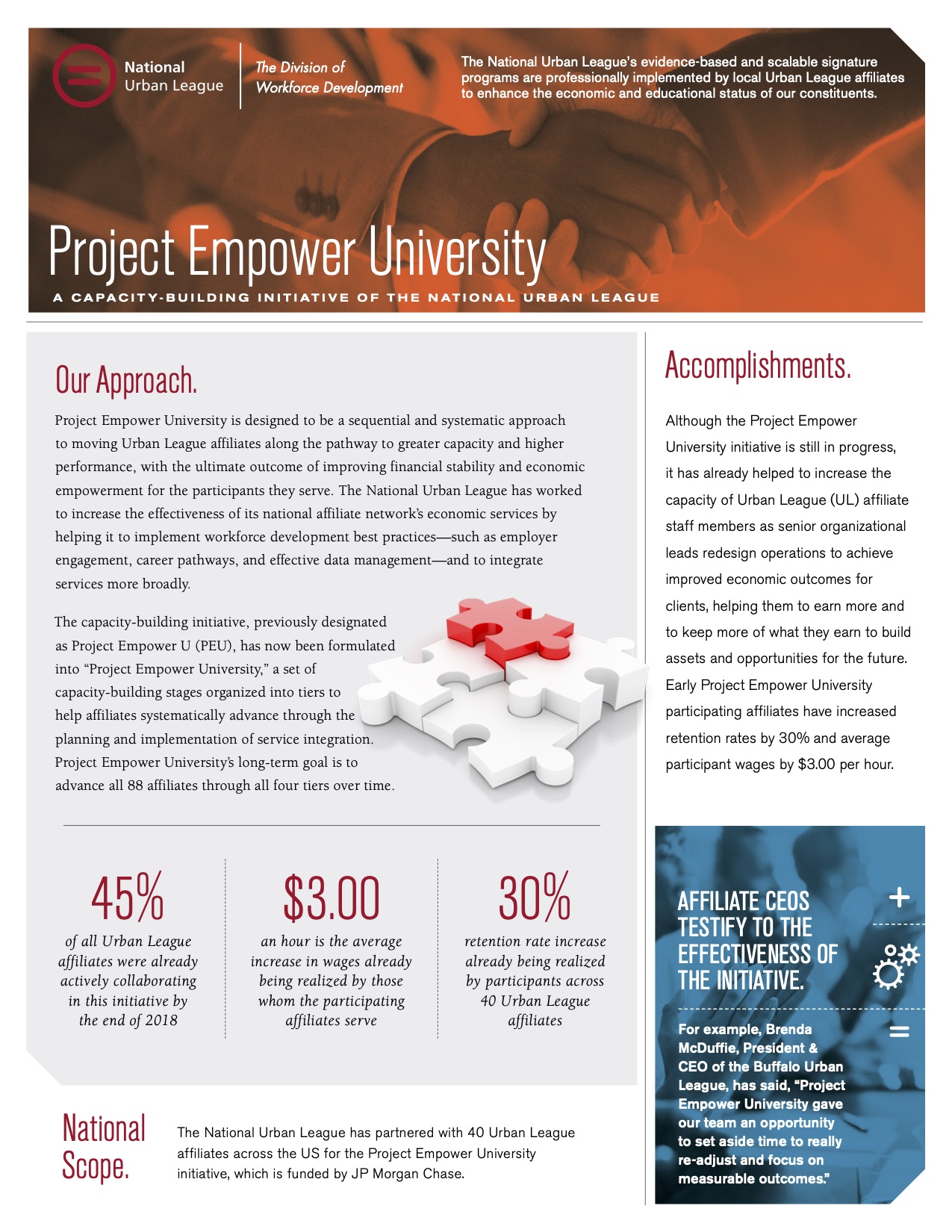Our Approach
The Financial Empowerment Center (FEC) assists low and moderate-income families to reach financial stability, increase their net worth, and become financially secure and upwardly mobile. To that end, we help families to earn more, keep more of what they earn, begin to build savings and assets, and move up the economic ladder.
Accomplishments
In the first several years of operation, the FEC has served over 600 participants each year, catalyzing significant impacts on participant progress to financial security.
70% Increased their Income through Wages and/or New Public Benefits
65% Opened a Checking or Savings Account For the First Time
63% Decreased their Total Debt Load
75% Increased their Savings
42% Increased their Credit Scores
40% Became Mortgage-Ready to Purchase a Home
of participants increased their financial knowledge
of participants made progress with personal financial action plans
of participants increased their savings
Services
The four key services of the FEC take a comprehensive and integrated approach based on the Center for Working Families model:
1. EMPLOYMENT AND CAREER DEVELOPMENT includes job readiness and placement, occupational
skills training, and education and career advancement
2. INCOME SUPPORT includes access to public benefits, tax credits, healthcare, and financial aid
3. COMPREHENSIVE SUPPORT
4. FINANCIAL COACHING establishes goals, provides a pathway to success, and offers access to well-priced financial products and services
National Scope
Since it has become increasingly clear that financial empowerment involves much more than just financial literacy, the Center for Enterprise Development identified the key elements necessary to build financial security over time.
LEARNING—Household members need to be educated and to become skilled at learning how to enable themselves to earn money and manage their incomes.
EARNING—From there, earned income should be used to cover basic living expenses, pay down debt, and save for future needs and opportunities.
SAVING & INVESTING—As savings grow, they can be invested in assets that appreciate over time, generating income and the possibility of realized wealth.
PROTECTING— Throughout the process, proper access to consumer safeguards and insurance can aid in the protection of these assets for the long term.
Increasingly, organizations recognize that financial coaching, when combined with classroom-based financial education, workforce development support, and access to resources, has the potential to level the playing field. This outcome can be achieved by offering the kind of information and support that can help consumers achieve their goals, make sound financial decisions, and build assets over the long term.
Early evaluation of integrated service approaches, like the National Urban League’s, emphasized the importance of coaching relationships; communication, and knowledge; the understanding that inevitable changes occur in the operating culture of service providers; the necessity of prototyping, testing, and trial and error; and the vital role that intermediaries like the National Urban League play.



